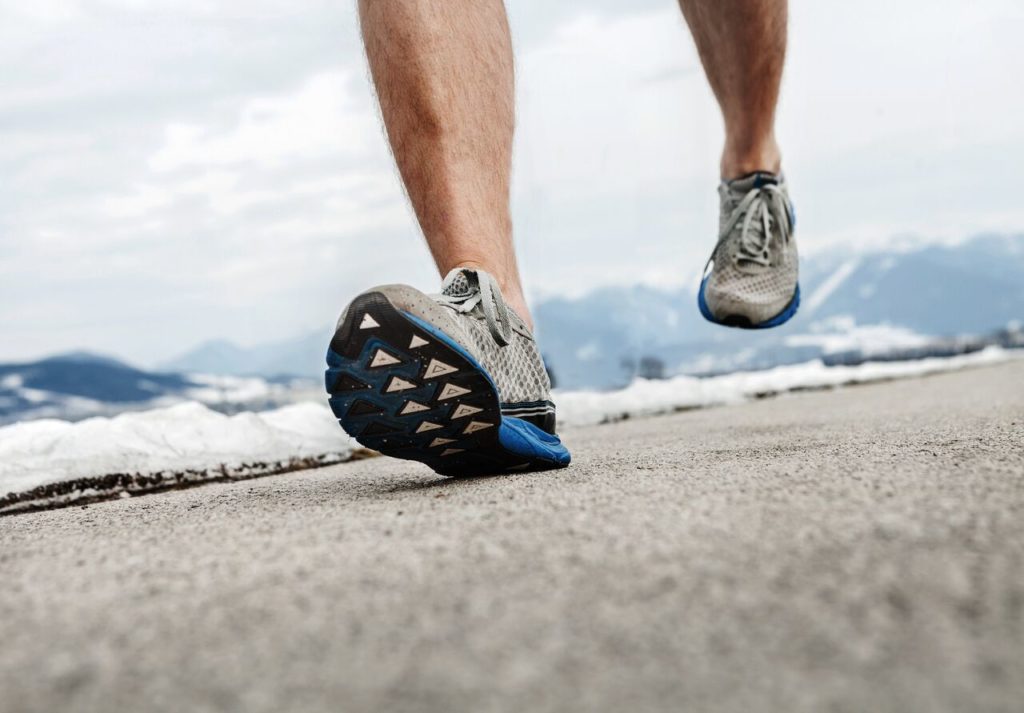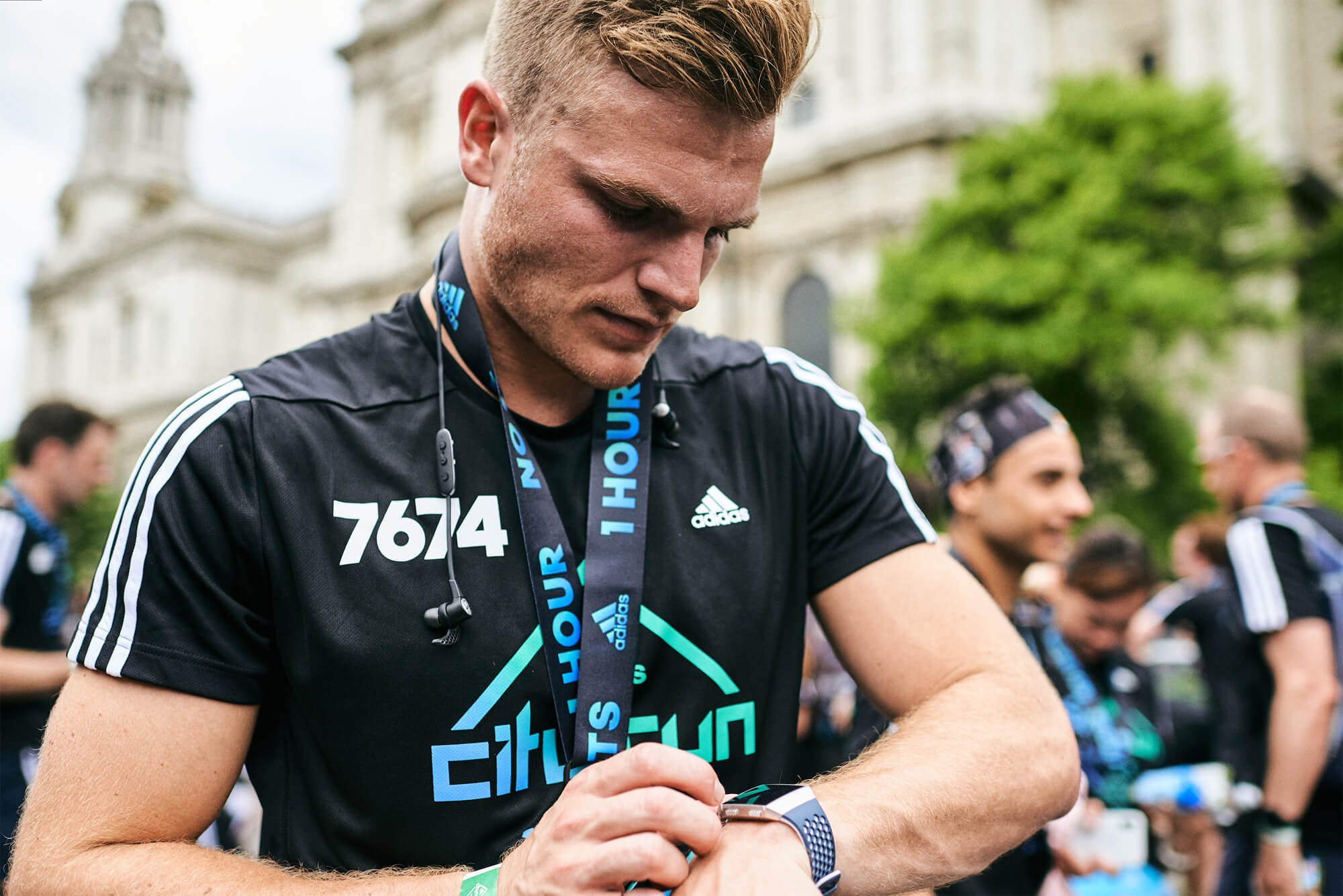
Asked to consider which biomechanical fad created the biggest ‘bandwagon effect’ among runners, I’d have to place forefoot running high on the list. This phenomenon, prompted in part by inspirational books such as Born to Run, saw a wave of runners attempt to run on their toes and buy minimalist shoes.
Unsurprisingly, it also prompted a huge financial boost to sports injury clinics up and down the country. It seems that heel striking has been classified as a great ‘no-no’ by the Powers That Be, with the argument being that it is one of the common reasons behind knee pain, as it creates a rigid lever to help propel yourself forward. Anything that is rigid for approximately 1,700 steps a mile will make you vulnerable to wear and tear.
Heel striking also increased ‘ground force reaction’ time. Such contact time creates greater resistance than just landing on the balls of your feet, which is why forefoot running has been promoted as the obvious solution. However, I believe heel striking shouldn’t be vilified in this manner. There are many athletes, even at the top end of the sport, who run this way without cause for complaint.
If I were a heel striker, I’d be more inclined to investigate my cadence. Cadence – the turnover rate of your legs – can have a dramatic effect on your foot contact and performance. Low cadence suggests over-striding, over-striding promotes a big step out in front of you, a big step out in front promotes more of a dramatic heel strike.
High cadence – somewhere around 180 steps per minutes –suggests fast turnover, and fast turnover suggests that your foot is landing in closer to your body. Heel contact may well occur, but in a far more efficient way (that’s how some elites work with it). Trying to forefoot run with a slow cadence, on the other hand, is a recipe for disaster. You’ll end up prancing like a show pony.
I like to think that the anti-heel striking bandwagon is soon to roll around the corner. We only need to consider how many other running fads have peaked and troughed in the past five years – even the FiveFingers footwear craze may now be losing its momentum – to know that opinions in running quickly change.
While I believe there isn’t one quick fix to launch yourself into perfect running performance, upping your cadence – rather than obsessing about not heel striking – is a good place to start.






